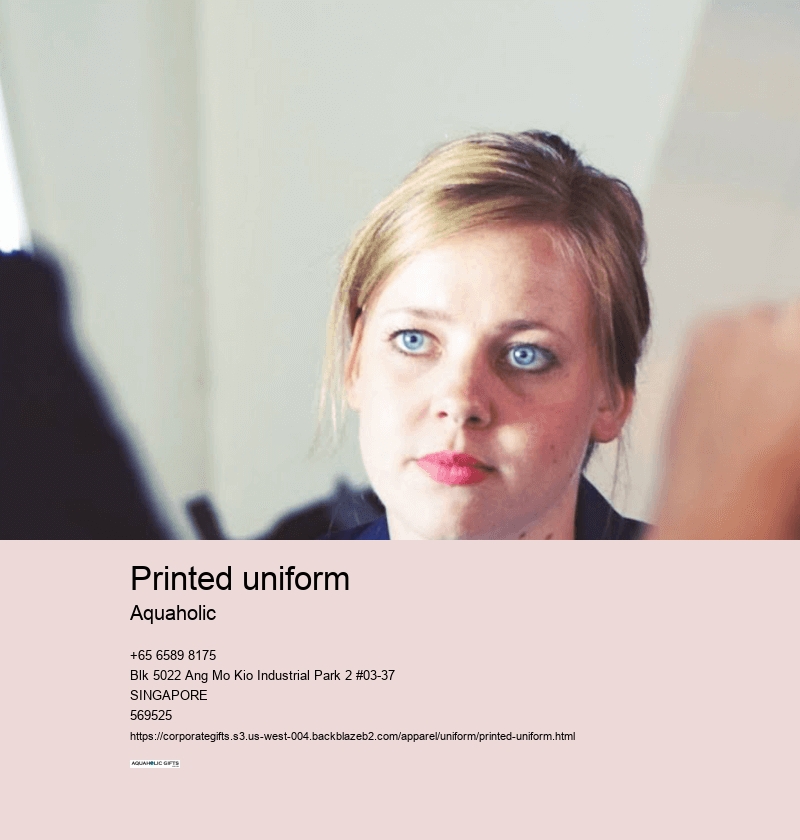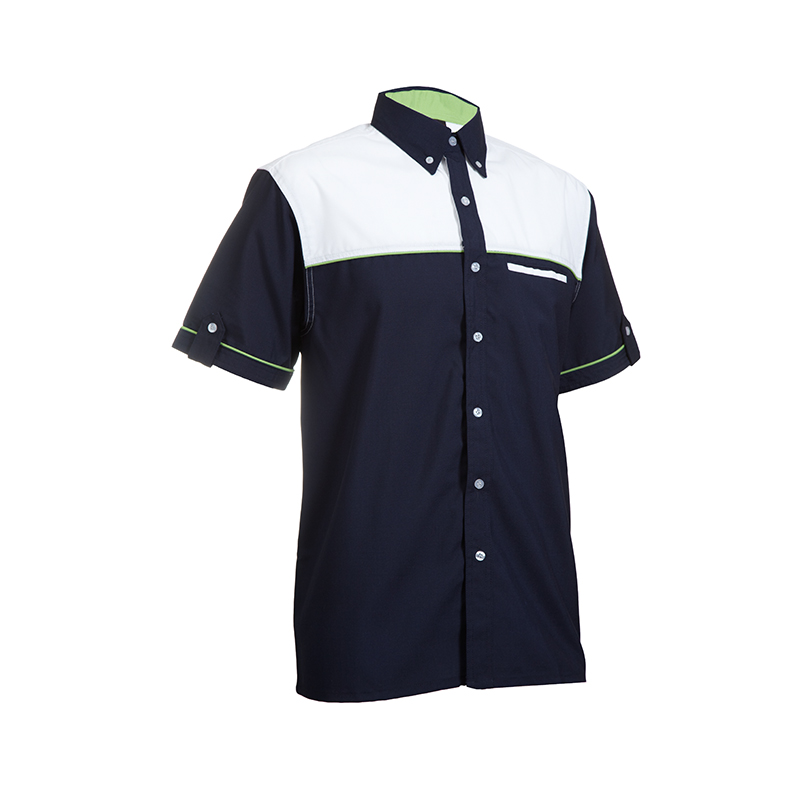printed uniform
designing uniforms
This approach ensures that everyone has access to comfortable and well-fitting uniforms. Making the right choice is essential. It’s about setting sail with a sturdy design, navigating through the choices of size, placement, and material, and anchoring your brand’s identity firmly in the minds of customers.
It’s like choosing the wind direction for smooth sailing – get it right, and your journey towards brand recognition will be swift and stable. They are an additional skin that can help or hinder performance.
Colors and fonts in customization act like the unsung heroes. Uniforms must be easy to maintain and clean without needing special attention.
Uniforms aren't just clothes They are canvasses which convey the story of an organization. What is the significance of fabric?



